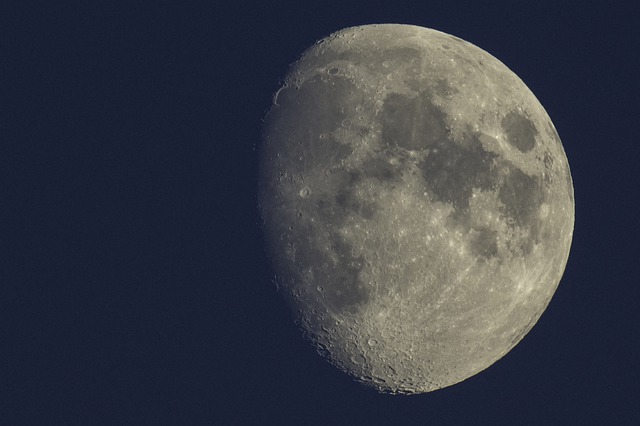The brief overview of the solar system that we read online or in academic books does not explain its complexity. Most of us think of the sun and the eight planets when we think of the solar system. But, what if I tell you some of the natural satellites (moons) have sizes comparable to the smaller planets? Two moons are even larger than Mercury. In this article, the top 5 largest moons of the Solar system are discussed. Ganymede, a moon of Jupiter is the largest moon in the solar system.
Top 5 largest moons in the solar system
Ganymede
Ganymede, Jupiter’s largest moon is the largest moon in the solar system. It has a mean radius of 2,631 kilometers, meaning it is larger than Mercury which has a mean radius of 2,439.7 kilometers. The only known moon with its own magnetic field, Ganymede has a metallic iron core and a thin atmosphere composed mainly of oxygen. Ganymede is also the most massive natural satellite. It was discovered by Galileo Galilei on January 7, 1610.

Although Ganymede has a larger radius than Mercury it is not as massive as Mercury.
Mass of Mercury- 330.2 * 10^21 kg
Mass of Ganymede- 148.2 * 10^21 kg
Titan
Titan is the second-largest moon in the solar system. It is Saturn’s largest moon and has a mean radius of 2,575 kilometers. Just like Ganymede, Titan has a larger radius than Mercury but is less massive.
Mass of Mercury- 330.2 * 10^21 k
Mass of Titan- 134.6 * 10^21 kg
Titan is the only known moon where liquids exist in the form of rivers, lakes, seas, and other water bodies. It has a substantial atmosphere composed mainly of Nitrogen and Methane. Titan was discovered by Christiaan Huygens on March 25, 1655.
Callisto
Callisto comes at number three on this list. It is the second-largest moon of Jupiter with a mean radius of 2,411 kilometers. It is just slightly smaller than Mercury. It was discovered on the same day as Ganymede by Galileo Galilei.
Io
Io is the innermost large moon of Jupiter. It has a mean radius of 1,822 kilometers making it the fourth-largest moon in the solar system. It was also discovered by Galileo Galilei. With a mean density of 3,530 kg / m3, it is the densest moon on this list.
Density of Ganymede- 1,940 kg / m3
Density of Titan- 1,881 kg / m3
Density of Callisto- 1,830 kg / m3
Desity of IO- 3,530 kg / m3
Density of Earth’s moon- 3,340 kg / m3
Earth’s moon
Coming at number five on this list, Earth’s moon has a mean radius of 1,737.4 km. Earth’s moon has an almost negligible atmospheric pressure of 3 x 10-15 bar. It is much denser than Ganymede, Callisto, and Titan.

Fun facts
- The four largest moons of Jupiter are referred to as Galilean moons – Io, Europa, Ganymede, and Callisto.
- Mercury and Venus are the two planets with no known moons.
- Saturn has the highest number of known moons, 146.
- Jupiter has 95 known moons.
- Earth’s Moon is the brightest object in our night sky.